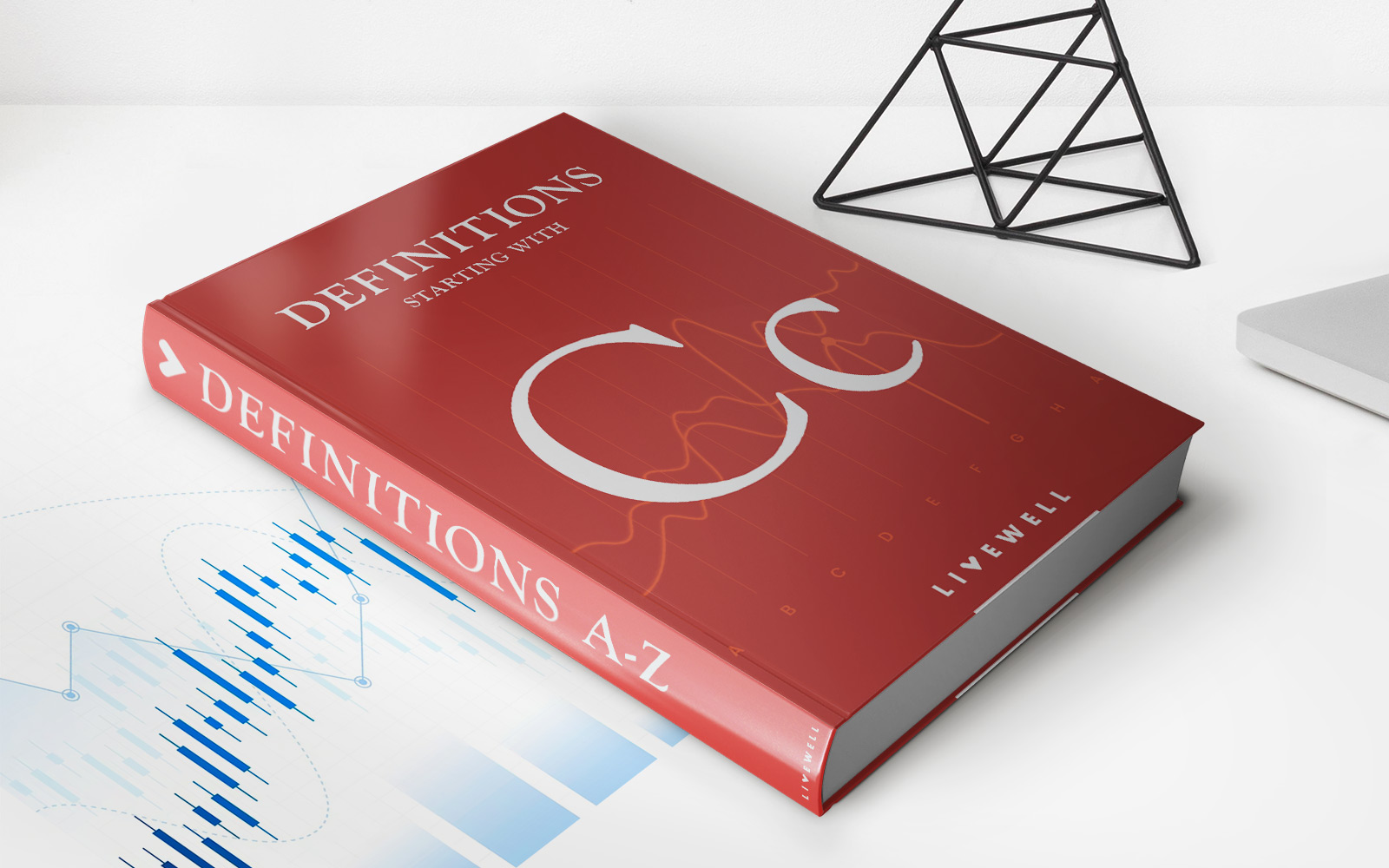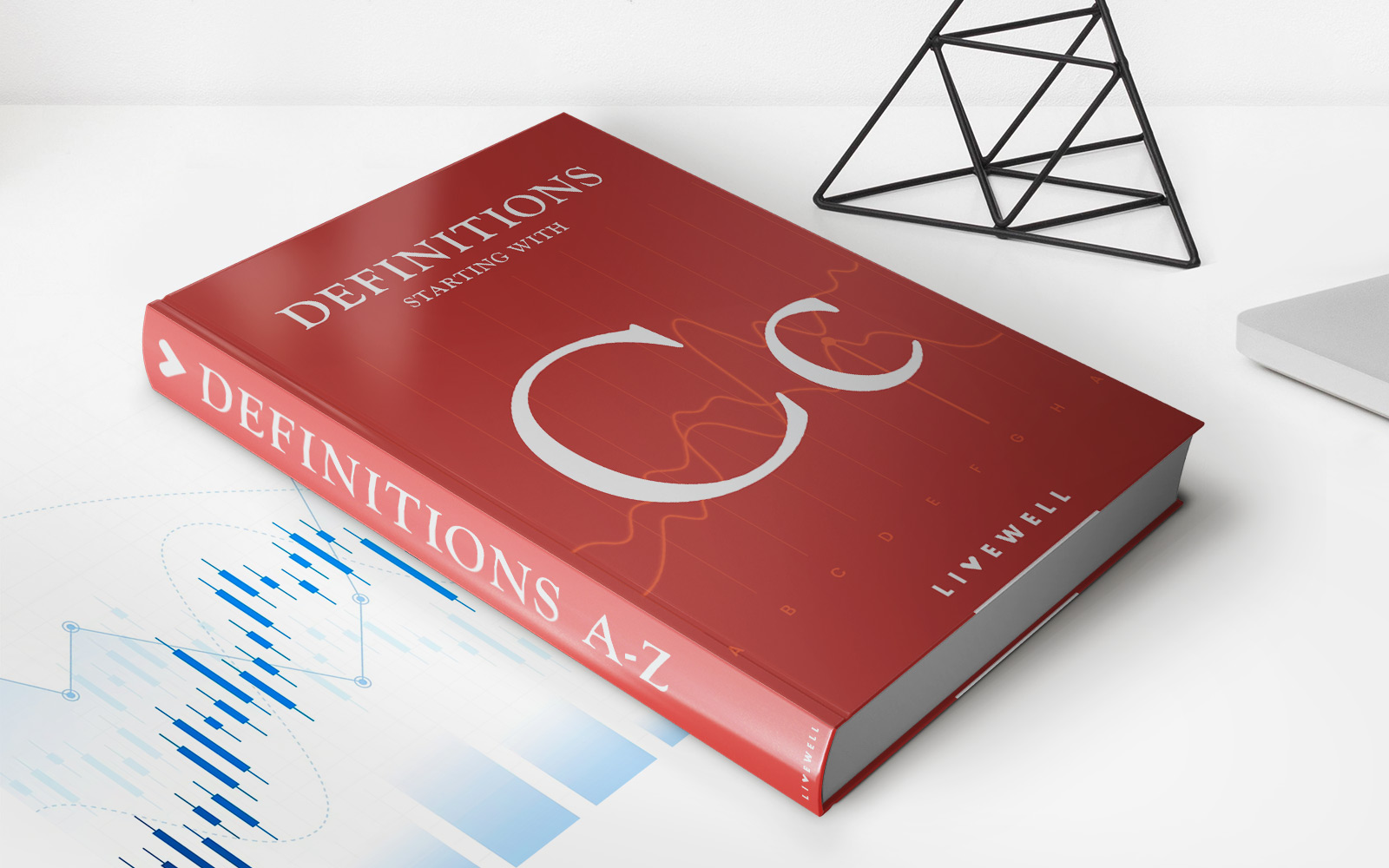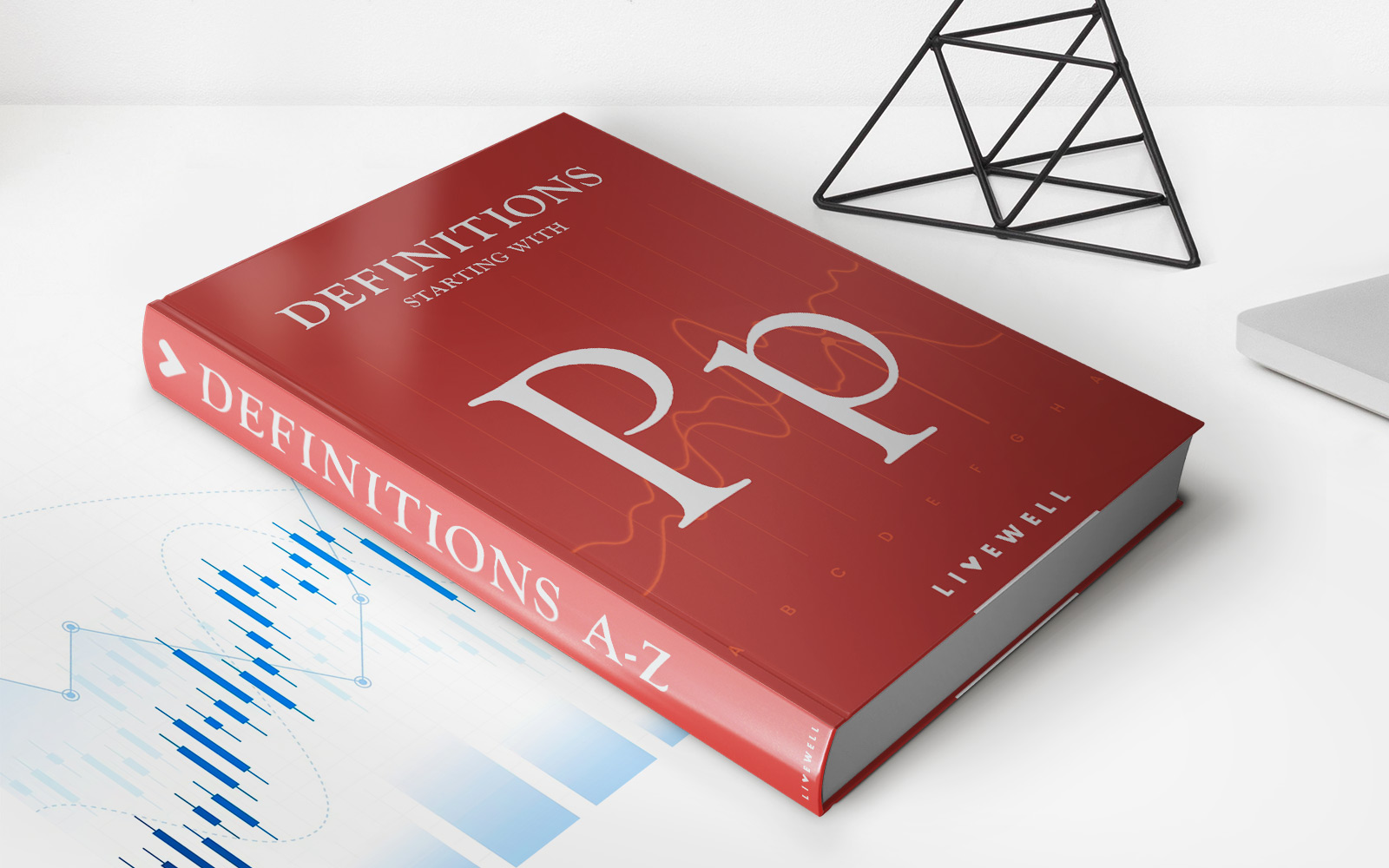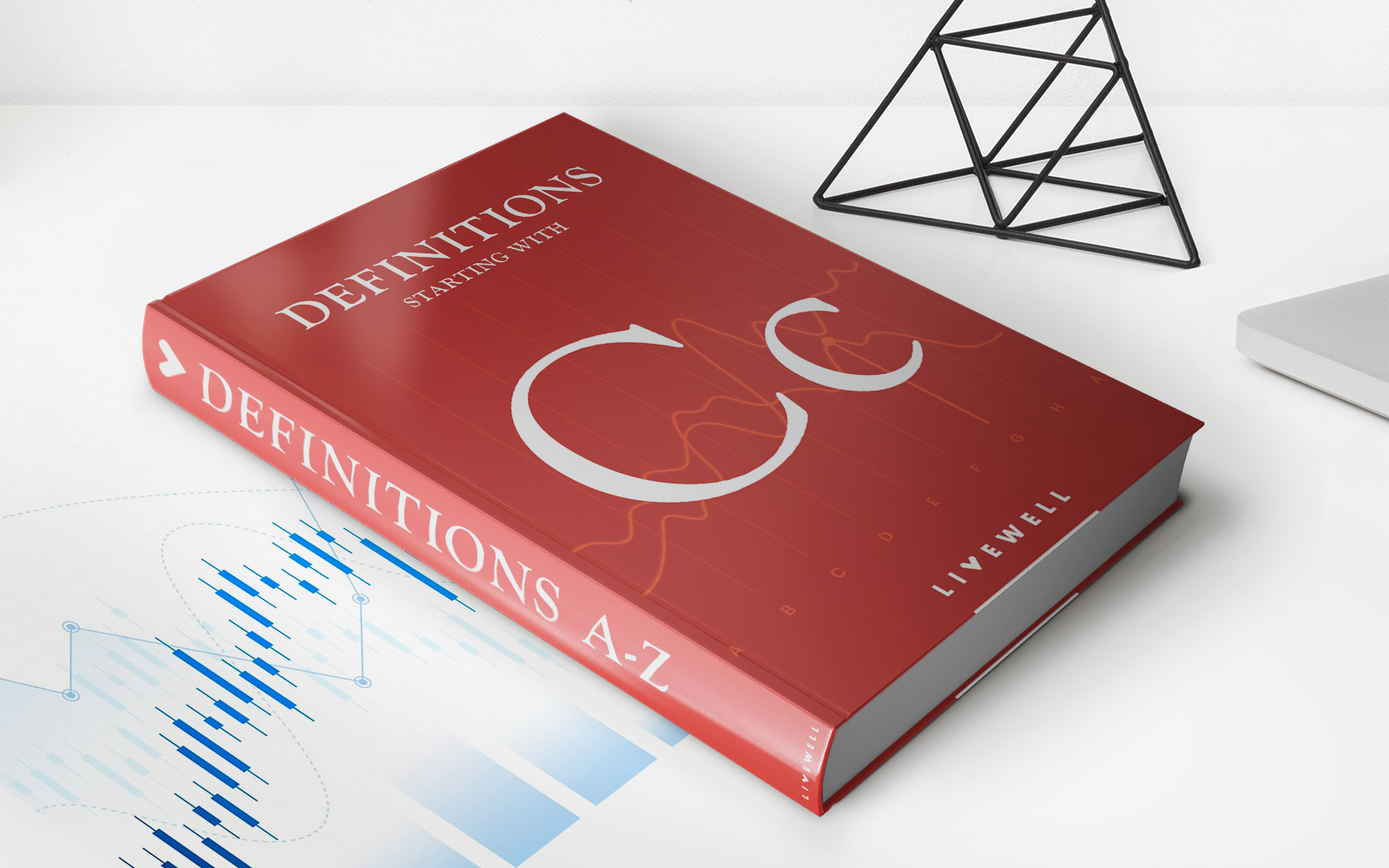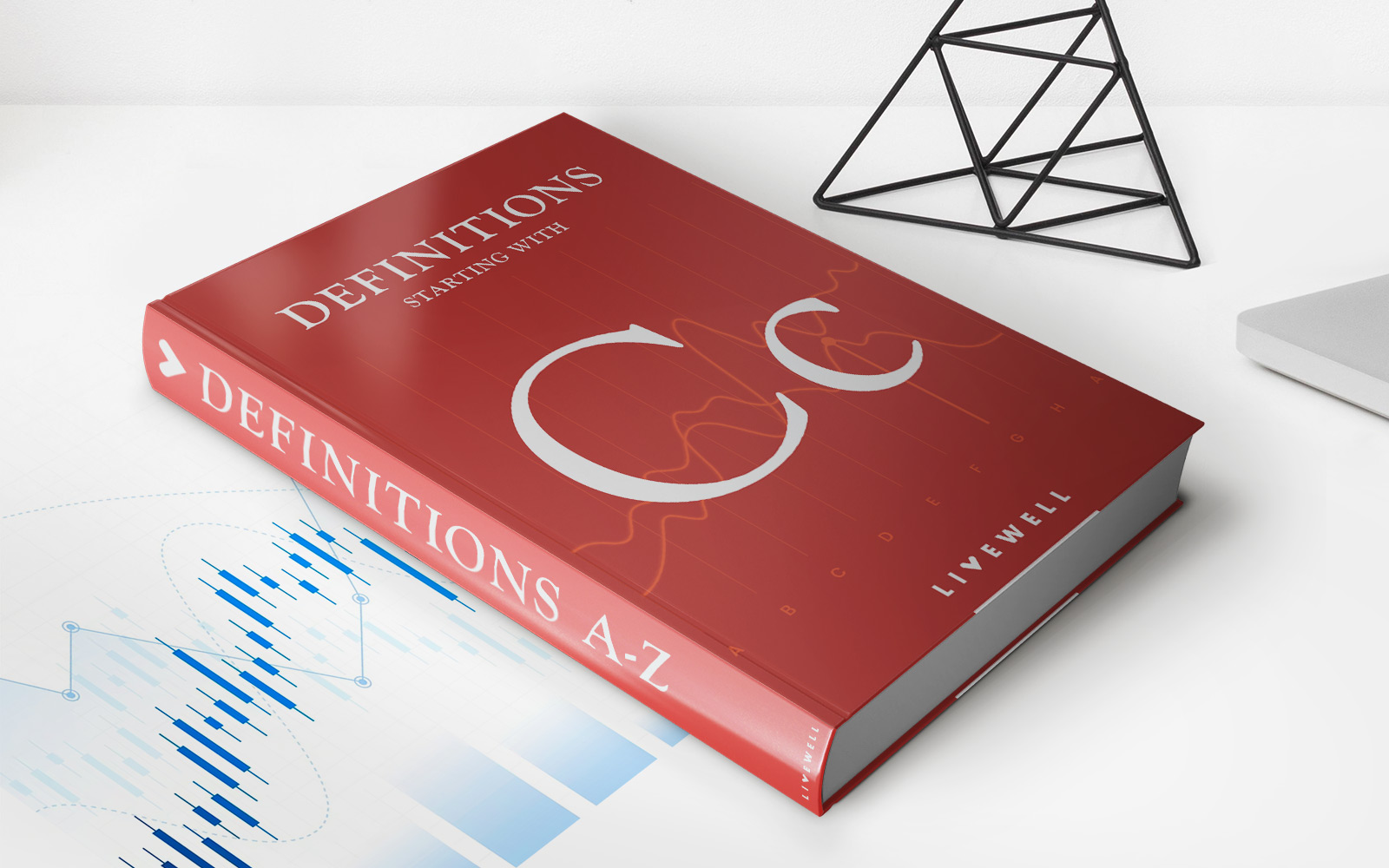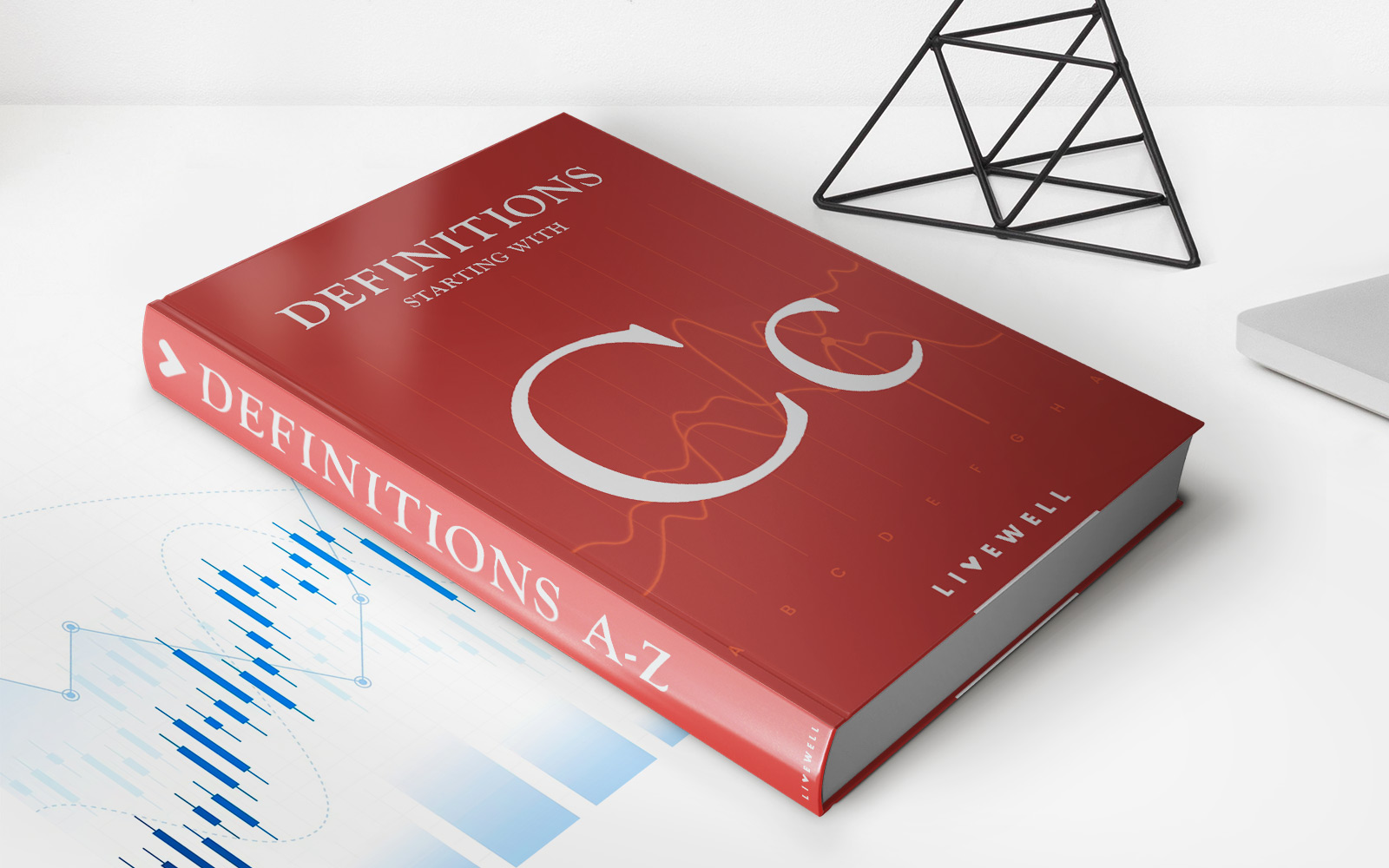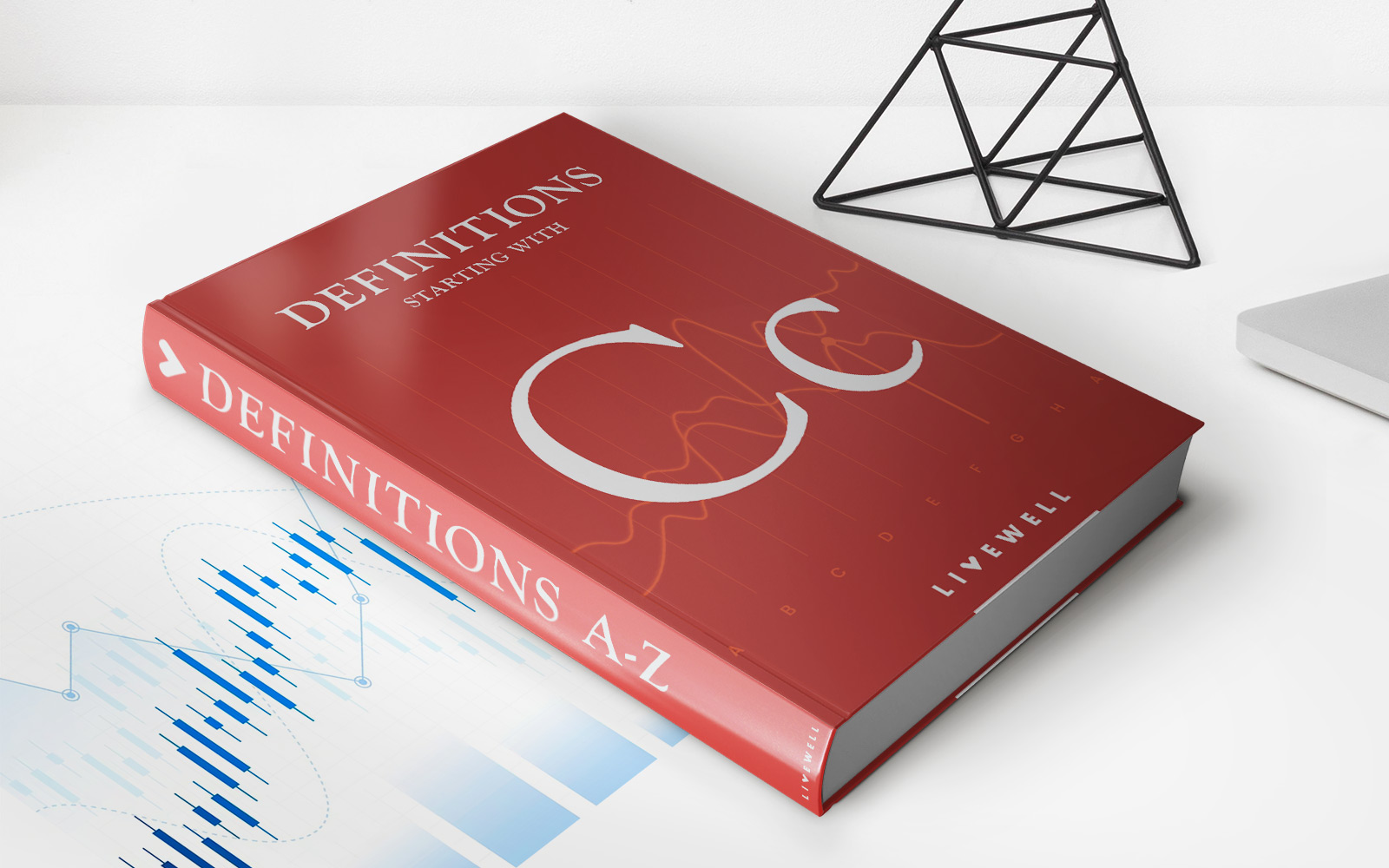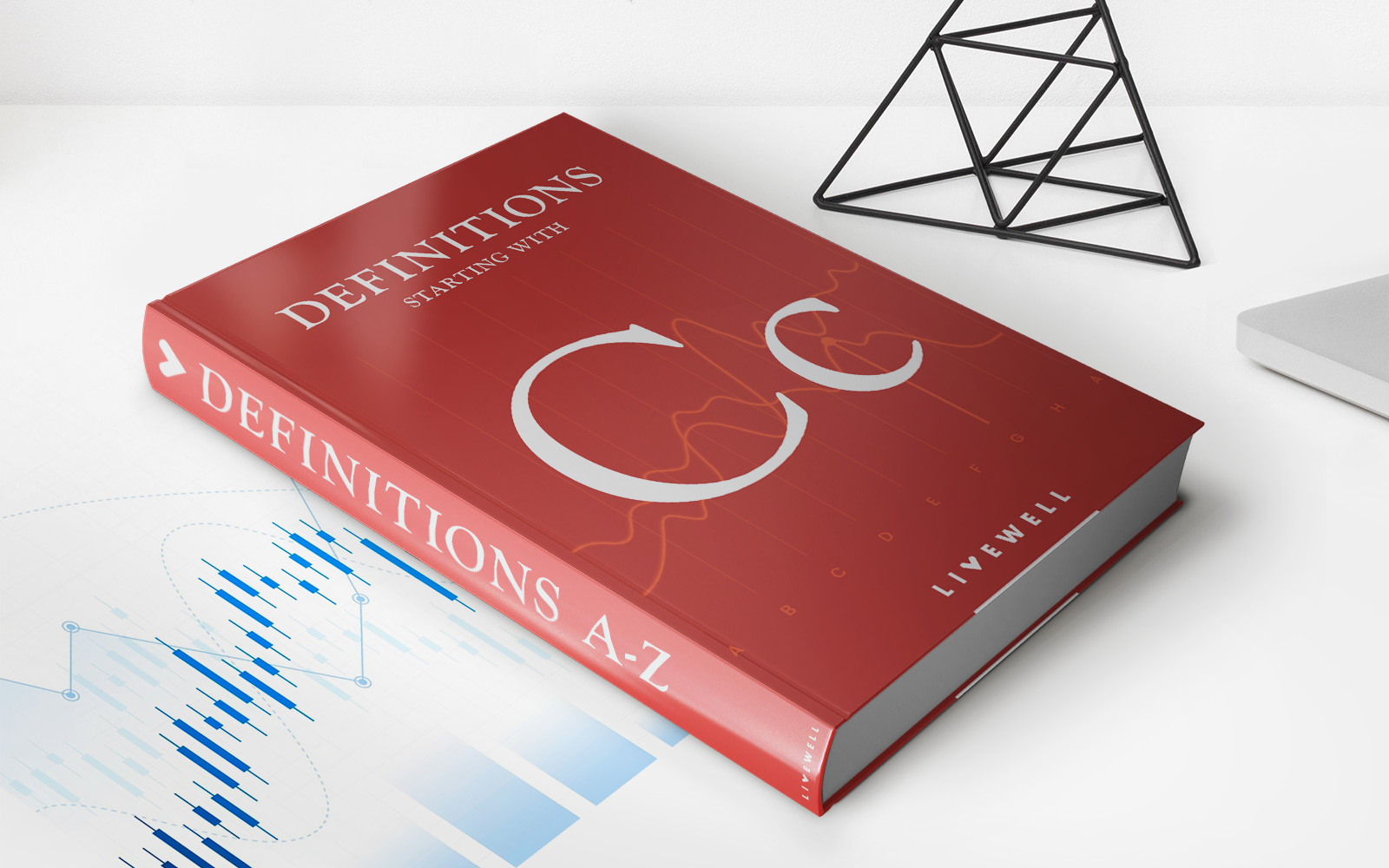

Finance
Continuous Trading Definition
Published: November 2, 2023
Learn the definition of continuous trading in finance and how it impacts the market. Enhance your financial knowledge with our comprehensive guide.
(Many of the links in this article redirect to a specific reviewed product. Your purchase of these products through affiliate links helps to generate commission for LiveWell, at no extra cost. Learn more)
Understanding Continuous Trading in the Financial World
Welcome to our FINANCE category! In this article, we will delve into the world of continuous trading and provide you with a comprehensive understanding of its definition, implications, and benefits. Whether you are a seasoned investor or just starting out, continuous trading is a concept that you should be familiar with. So, let’s dive in!
What is Continuous Trading?
Continuous trading is a term used to describe the method of buying and selling financial instruments, such as stocks, commodities, or currencies, throughout the trading day without any interruption. Unlike other trading methods that have fixed trading sessions, continuous trading allows investors to execute trades at any time during the market hours. This means that market participants can respond quickly to market news, economic events, and price fluctuations, making continuous trading a dynamic and fluid process.
Key Takeaways:
- Continuous trading allows investors to trade financial instruments throughout the trading day without any interruption.
- It enables market participants to respond quickly to market news, economic events, and price fluctuations.
The Advantages of Continuous Trading
Now that we have defined continuous trading, let’s explore some of its major advantages:
- Liquidity: Continuous trading enhances market liquidity by ensuring that there is always a consistent flow of buyers and sellers in the market. This results in tighter bid-ask spreads, lower transaction costs, and increased efficiency in price discovery.
- Flexibility: With continuous trading, investors have the flexibility to execute trades at their convenience, allowing them to take advantage of emerging opportunities or manage their positions effectively. This flexibility can be especially beneficial for active traders and those who rely on short-term market movements.
- Transparency: Continuous trading provides transparency in the market as it allows investors to view real-time prices and monitor market activities throughout the trading day. This transparency enables participants to make informed trading decisions based on up-to-date information.
Continuous trading has become the standard method of trading in many global financial markets, including stock exchanges. It has revolutionized the way investors buy and sell financial instruments, offering them greater convenience, speed, and efficiency.
In Conclusion
Continuous trading is a vital component of the financial world, ensuring that markets remain active and efficient throughout the trading day. With its ability to provide liquidity, flexibility, and transparency, continuous trading has become a preferred method for investors seeking to participate in the financial markets.
We hope this article has shed light on the concept of continuous trading and its advantages. Remember, continuous trading is just one aspect of the vast world of finance, and we encourage you to explore further to deepen your understanding of this fascinating field.
Thank you for reading, and stay tuned for more informative articles on our FINANCE category!
